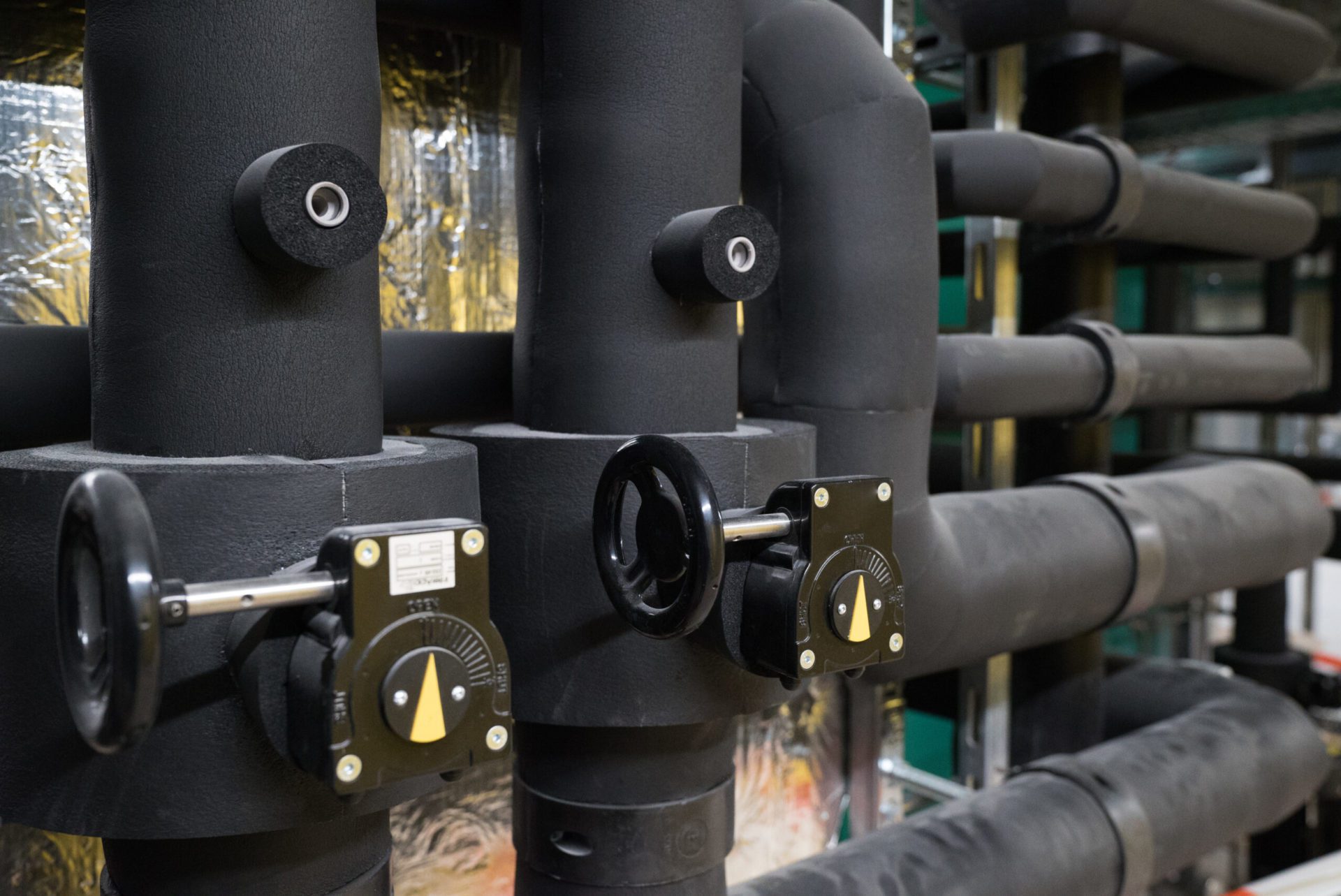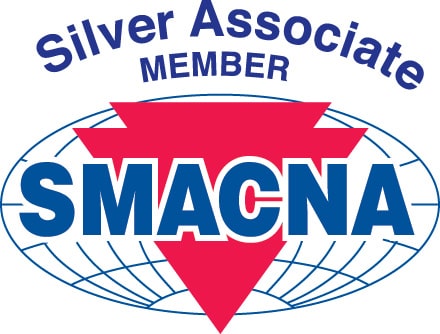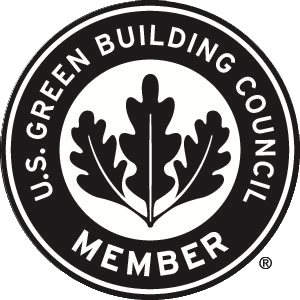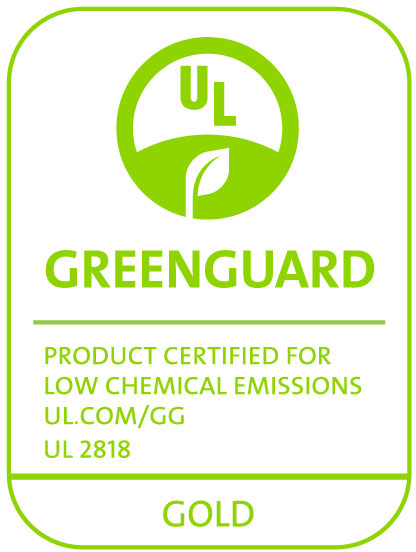
AC return line insulation is a critical component of HVAC systems which utilize piping to transfer cool/cold and warm/hot fluids and ultimately deliver conditioned air to a building’s occupant spaces. The right AC return line insulation saves energy by preventing heat gain to the refrigerants, controls condensation, protects the piping from corrosion, and provides personnel protection when required.
The cool/cold line is known as the suction line or ac return line. It conveys fluids, such as refrigerants, at temperatures of about 40°F [4.4°C]. The liquid line conveys warm/hot fluids at about 110°F [43.3°C]. Finally, the discharge line is typically very hot and operates at about 150°F [66°C].
AC return lines should always be insulated with the appropriate AC return line insulation when their operating temperatures are below the ambient temperature to prevent condensation and heat gain to the refrigerant. Condensation is a constant threat to HVAC piping, and the correct AC return line insulation can protect an HVAC system’s piping from energy loss, corrosion under insulation (CUI), insulation failure, and eventual system shut down.
Although liquid lines are warm/hot, they should be insulated with AC return line insulation in spaces where the ambient temperature exceeds the liquid line temperature such as an unconditioned air plenum or attic. When personnel safety is a concern, AC return line insulation should be added as well.
Discharge lines are not typically insulated, however, they should be insulated with AC return line insulation when personnel protection is of concern and heat loss would not be desirable for the given application.
Closed-cell insulation with a vapor retarder, such as cellular glass, elastomeric foam, polyisocyanurate, and phenolic are specified by ASHRAE as preferable for cold lines. The AC return line insulation thickness is also key to controlling condensation. Insulation calculators are freely available (links below) to determine the correct insulation thickness for a specific application to control condensation.
Closed-cell elastomeric foam pipe insulation, also known as rubber, is a preferred AC return line insulation due to its closed-cell structure, built-in vapor retarder, low thermal conductivity values, and flexible nature. When the proper insulation thickness is installed, closed-cell elastomeric AC return line insulation effectively controls condensation while preventing heat gain.
Unlike some other AC return line insulation types, closed-cell elastomeric pipe insulation does not require a supplemental vapor barrier unless it will be subjected to extreme conditions (high ambient temperatures, high relative humidity, very cold operating temperatures, solar radiation) or mechanical impacts (foot traffic, extreme weather, birds). For ac return lines exposed to direct UV, such as roof-top applications, closed-cell elastomeric AC return line insulation should be protected with the manufacturer’s specially-formulated protective coating or an insulation jacket.
Additionally, the low thermal conductivity values (thermal-k) for closed-cell elastomeric foam AC return line insulation translates into reduced insulation thicknesses when compared to other closed-cell AC return line insulation types such as cellular glass. The thermal-k values even vary by elastomeric foam manufacturer and “wall” thickness so it’s important to check the manufacturer’s technical data sheet prior to running a condensation control calculation.
Certified Green Products Guide. Closed-cell elastomeric AC return line insulation is available in preformed unslit, factory pre-slit (SSPT™) and continuous tubes to effectively insulate ac return lines. This insulation is designed to control condensation and heat loss for continuous operating temperatures of up to 257°F [125°C] and is safe for use on copper, aluminum, and stainless steel piping. Finally, this insulation is available in the same formula and thermal conductivity through 2” [50 mm] thick.
To learn more, please visit https://aeroflexusa.com/hvac-equipment-insulation/
References / Insulation Thickness Calculators:
https://insulationinstitute.org/tools-resources/free-3e-plus/
Source: https://www.achrnews.com/











